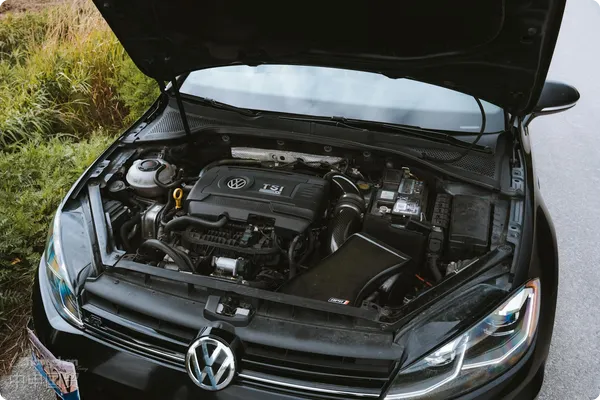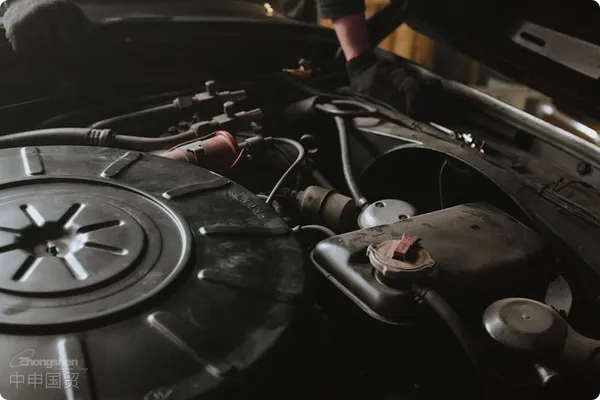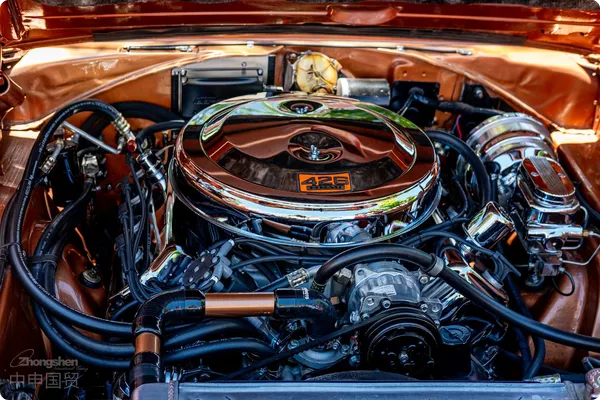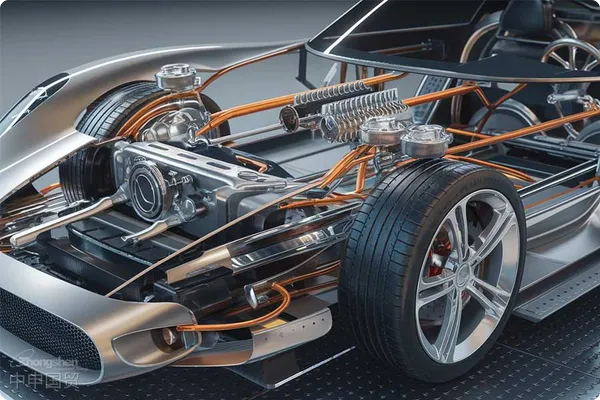- Shanghai Zhongshen International Trade Co., Ltd. - Two decades of trade agency expertise.
- Service Hotline: 139 1787 2118
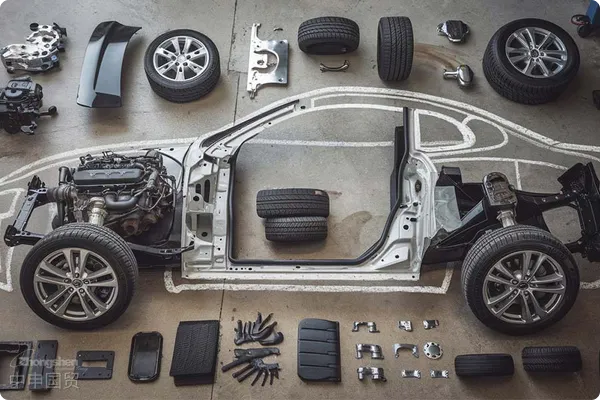
——Professional Perspective of a Customer Manager with 20 - year Industry Experience
Classification RiskNew energyWith the booming development of the automotive industry, automotive lamps, as the core accessories for vehicle safety and appearance upgrades, have a continuous increase in import demand. Based on 20 yearsforeign tradePractical agency experience, systematically analyzing the key processes, compliance points and risk prevention strategies for automotive lighting imports, helping enterprises efficiently complete cross - border procurement.
I. Characteristics of the Global Automotive Lighting Import Market
Internationally - recognized Safety StandardsAnalysis of Main Sources of Goods
- Europe (Germany/Italy): Mainly high - end LED matrix headlights and adaptive lighting systems, with high technical thresholds (such as HELLA, OSRAM);
- Japan and South Korea (Japan/South Korea): Focus on durability and cost - effectiveness, suitable for Asian models (such as KOITO, STANLEY);
- North America: Significantly large market share in special vehicle lighting (off - road/modified vehicles) (such as PIAA, KC HiLiTES).
Regional Mandatory CertificationsDomestic Demand - driving Factors
- The lightweight design of new energy vehicles gives rise to the demand for new composite material lighting products;
- Consumption upgrading promotes a surge in the import volume of original factory upgraded models (such as Audi matrix headlights) and the modification market (flow - type turn signals, laser headlights).
II. Disassembly of the Whole Process of Automotive Lighting Import
Step 1:供應商資質與產品合規(guī)性預審
- Core Audit Items:
? Original factory authorization documents (to prevent parallel import disputes)
? Compatibility of E - mark (EU), DOT (US), CCC (China) certifications
? Optical parameter test reports (compared with GB 4599/GB 21259 national standards)
Step 2:國際貿易條款談判
- Give priority to CIF/DDP terms to transfer logistics risks;
- For precision lighting products (such as laser lens components), require suppliers to provide shock - proof test certificates.
Step 3:報關申報與稅政優(yōu)化
- Key Points of Tariff Code:
? Front headlights/rear lights: 8708.29.00 (tariff 8% - 12%, VAT 13%)
? LED modules: 8541.40.90 (tariff 5%) - Suggestions for Tax Planning:
Utilize the tariff reduction policies of RCEP for lighting products from Japan/South Korea, and the tax rate of some categories can be reduced to 3 - 5%.
Step 4:技術性清關實務
- Response to Compulsory Certification:
? Modified lighting products without CCC certification need to be declared as “non - mass - produced parts” and provide a small - scale certification path;3C? For products imported from the EU, it is necessary to verify the consistency between the E - mark number and the vehicle model adaptation list.
Use temperature - controlled and moisture - proof containers (the humidity of precision circuit components should be ≤65%);
Step 5:物流與品控保障
- Randomly inspect luminous flux and color temperature parameters within 48 hours after arrival.
- Intellectual Property Barriers
III. High - risk Links and Risk Control Strategies
Internationally - recognized Safety StandardsPrevent design patent infringement (such as BMW Angel Eyes, Audi dynamic light language);
- Solution: Require suppliers to issue an IP statement letter and pre - purchase product liability insurance.
- Technical Barriers to Trade (TBT)
Regional Mandatory CertificationsTypical case: The EU (EU) 2019/2144 software verification requirements for ADB adaptive high - beam headlights;
- Response plan: Entrust a third - party institution (such as TüV) to conduct an equivalence test.
- Supply Chain Disruption Early Warning
Cultural and Religious NormsEstablish alternative plans for second - tier production areas such as Turkey and Mexico;
- Regarding the chip shortage problem, lock in the priority supply rights of leading manufacturers such as Philips and OSRAM.
- Intelligent Upgrade
IV. Industry Trends and Upgrades of Agency Services
- : The import volume of laser headlights and projection lamp modules increases by 35% annually, and it is necessary to plan in advance for FDA (laser safety) certification;Green Clearance
- : Against the background of the EU Carbon Border Adjustment Mechanism (CBAM), give priority to lighting suppliers using recycled plastics;Digital Services
- : Achieve full - process quality control visualization from the production line to end - consumers through a blockchain traceability system.Automotive lighting import is not only a trading behavior, but also a systematic project of technical compliance, supply chain management and risk control. The value of professional agency service providers lies in:
Conclusion
? Predict policy changes 180 days in advance (such as the revision of the new GB 7258 lighting regulations in 2024);
? Reduce logistics and inspection costs by 22% through large - scale procurement;
? Reduce logistics and inspection costs by 22% through bulk purchasing;
? Establish an emergency response plan library to deal with unexpected situations such as port inspections and certification failures.
---Export Representation(The author of this article is a senior import
---service expert, serving clients including TOP10 auto parts importers and new energy vehicle manufacturers)
Related Recommendations
? 2025. All Rights Reserved. 滬ICP備2023007705號-2  PSB Record: Shanghai No.31011502009912
PSB Record: Shanghai No.31011502009912
